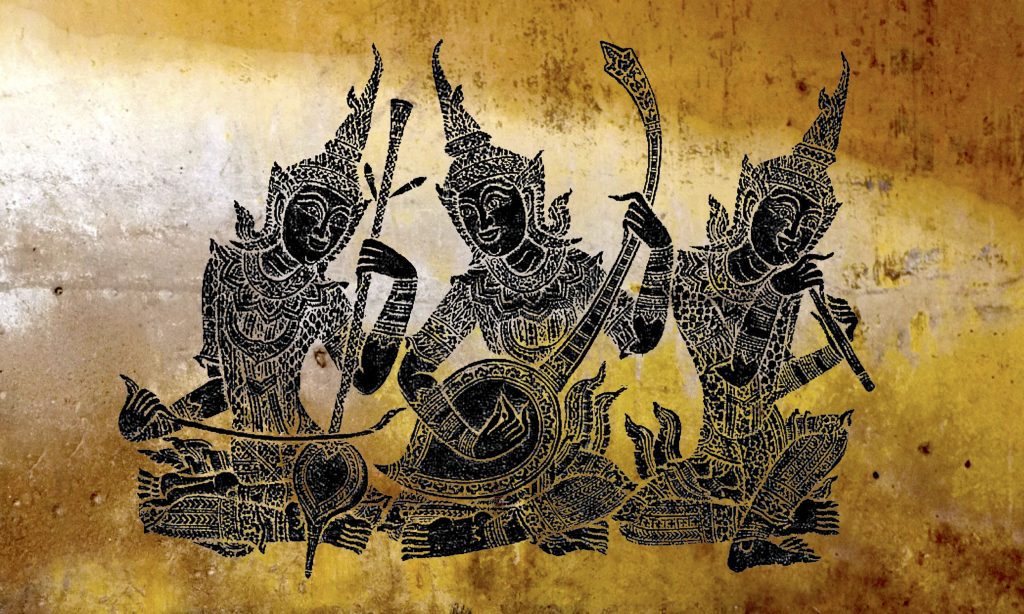Khmer Music Heals the Heart!
Written by iHeartKhmer, November 28, 2022
One of the most beautiful contributions of the Khmer Empire to Cambodian cultural heritage is its music. The country’s rich musical heritage supports several ethnic forms of music, but Khmer music is at the center of it all.
The Angkorskaya period saw the peaking of Khmer music. This music was the heart of all temple ceremonies, religious events and weddings. The temples of Angkor pay homage to this beautiful music, with beautifully sculpted figures of the celestial dancers dancing to the music coming from the musical instruments that are vividly depicted on the walls.

Khmer music was initially used to communicate with God and to summon the spirits. The sound that came out from all the instruments was believed to have this capacity.
It is pentatonic music that consisted of several drums and gongs. To a foreigner, it seemed to lack any harmony, as each musician brought out a unique sound that may not seem to be in unison with those of the other musicians. These different tunes emanating from the different musical instruments combine to form the essence of Khmer music.
Pinpeat, Mahori and Phleng kar are the three different ensembles of Khmer classical music. Mahori uses only stringed instruments. Pinpeat is one of the most popular ensembles that use wind and percussion instruments. No classical performance, prayer or a religious ceremony is considered complete without this music ensemble. Having its origins in the courts of the Angkor era thousands of years ago, it has through the ages retained its position as the strongest of all the music ensembles, with about 250 theme melodies. During theater performances, Pinpeat is played in conjunction with the exact act being performed on the stage. The sound from this ensemble is rich and has a strong rhythm that is said to fill people’s hearts with joy.
Several other ensembles owe their birth to the Pinpeat; such as the phlaeng mahaori, khlang chnak and phlaeng. Most music ensembles found today in the villages are derivatives and similar to the ensembles from the past. In these villages, actors perform plays wearing masks and Cambodian women dance to the Pinpeat percussive ensemble even today.
In the absence of any notation for Khmer music, it has always been passed down from the master to the disciple. This led to improvisation and slowly American influences began to be noticed. Western musical instruments such as the flute, guitar and organ are used in the modern version of Mahori/Mahori Samai.
Khmer musicians believe in achieving perfection in playing one instrument, while at the same time gaining basic knowledge in all other instruments. This helps in several ways – in making them perfect as musicians and every musician understands all the instruments.
Cambodia’s cultural heritage took a beating during the Khmer Rouge. Although, that period in history is unforgettable and the wounds of the hurt remain, Khmer music helps to a large extent in keeping alive the centuries old rich Khmer culture and enchants people with its sweet melody, as thought it is helping them communicate with God.

Discuss about: Khmer Music Heals the Heart!
You must be logged in to post a comment.